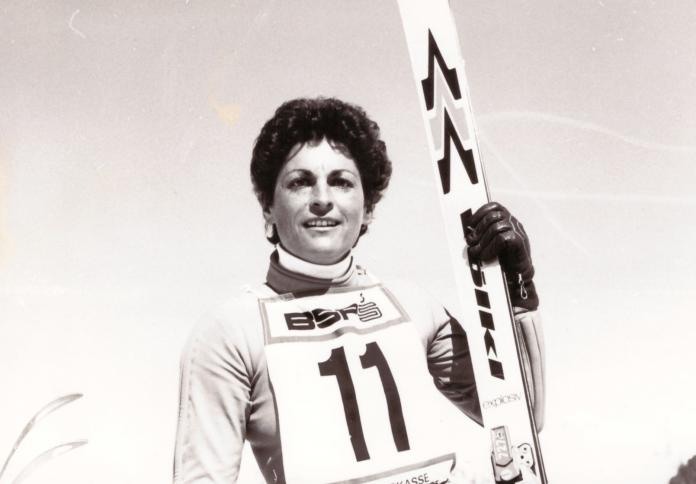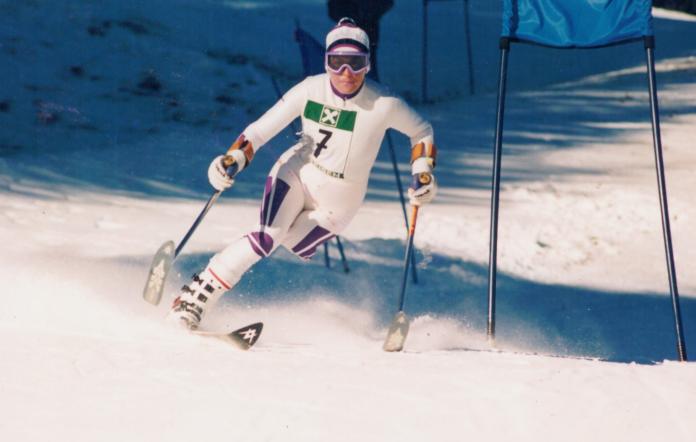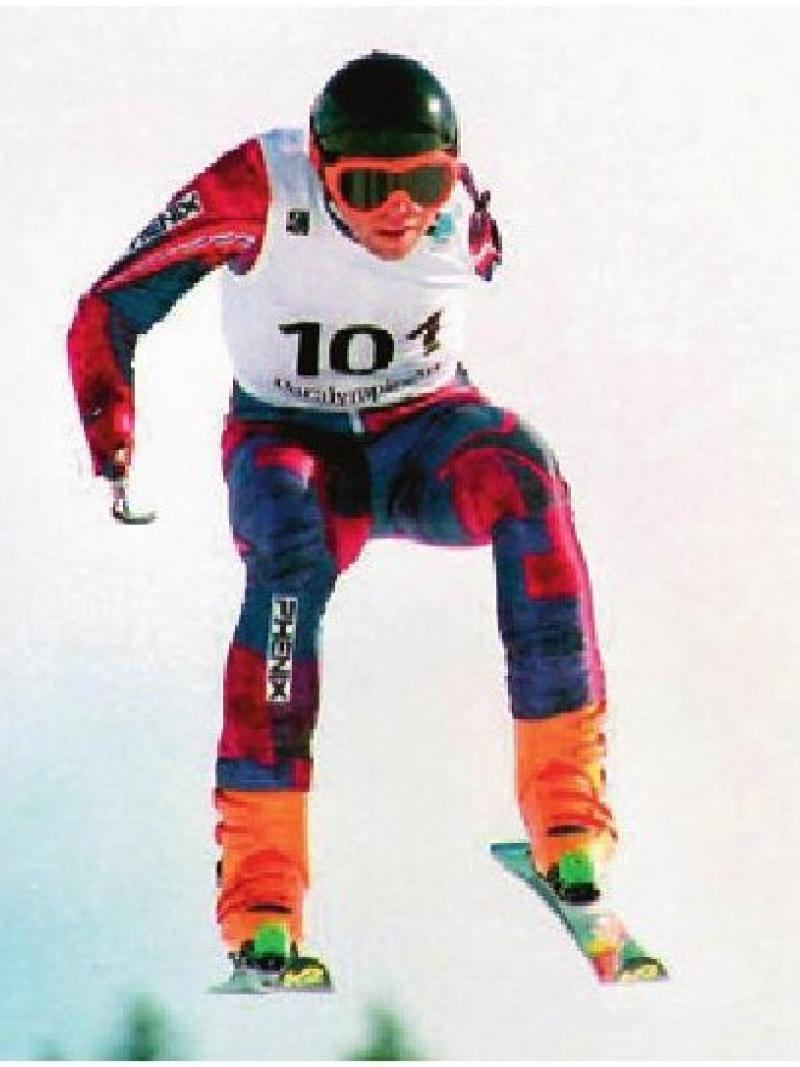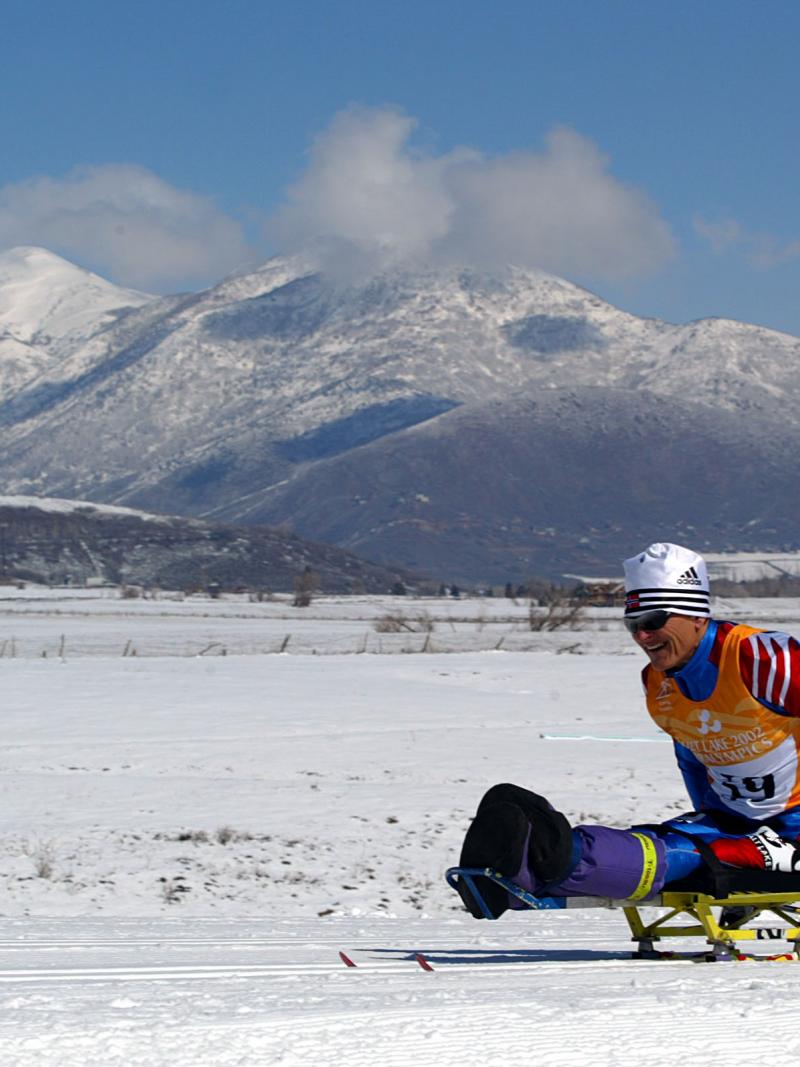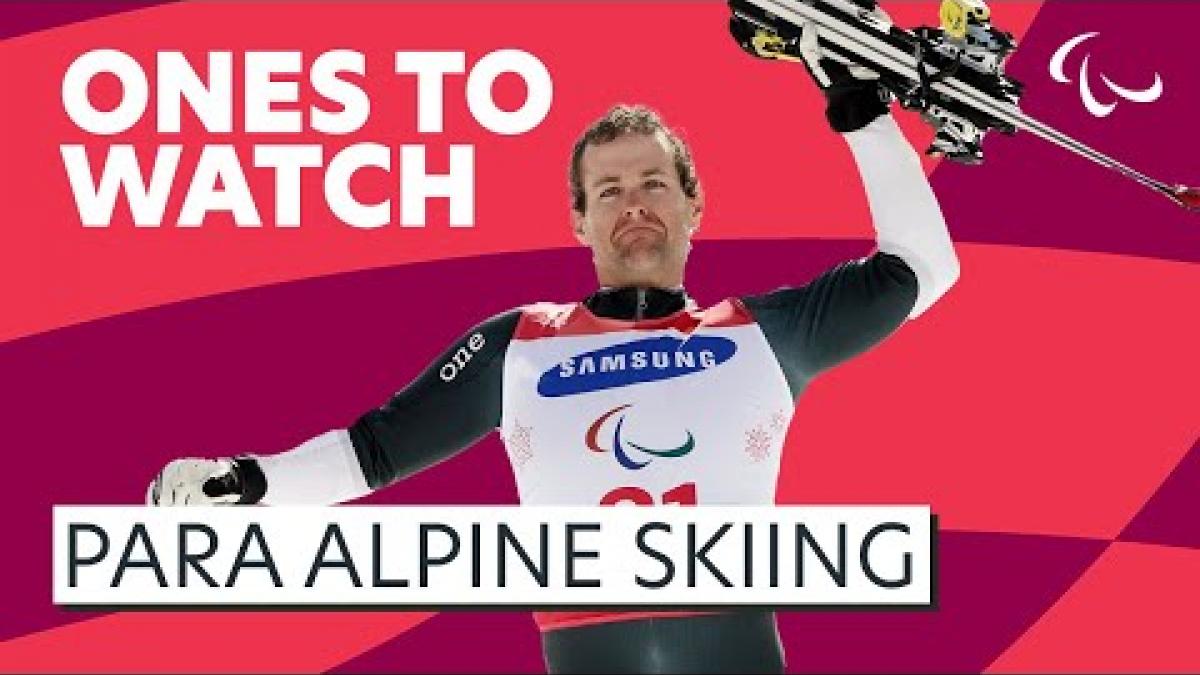Golden girl Annemie Schneider recalls Royal seal of approval
'King Carl Gustaf of Sweden told me that he was very proud to present such an excellent athlete with a gold medal' 20 Feb 2022
Annemie Schneider will never forget the day she met a king. The German golden girl of the inaugural Winter Paralympic Games in 1976 announced her arrival on the slopes of Ornskoldsvik by winning three gold medals - in the giant slalom, slalom and Alpine combined.
Sweden’s King Carl Gustaf presented the medals to her with a personal seal of approval.
“I still remember what King Gustaf said to me,” recalled 78-year-old Schneider from her home in Bavaria. “Essentially he told me that he was very proud to present such an excellent athlete with a gold medal. He congratulated me with the words ‘keep it up’.
“I have always been fascinated by Sweden and it was an honour for me to compete there. I was aware that I was well prepared and, of course, very happy to have won.”
Schneider was a sporty teenager when she lost her left leg in a train accident at the age of 17. Her first question to her father in hospital was to ask if she would ever ski again. The answer was “yes”.
Competing under the West Germany banner (before unification), she had announced her arrival on the world stage two years before Ornskoldsvik by winning four gold medals in the 1974 World Championships in Le Grand-Bornand, France.
“It was the first World Championships and I won all four disciplines (slalom/giant slalom/downhill/combination) in France. Then I won everything at the Paralympics too and that was a highlight for me. The Paralympics are special.”
Schneider, inducted into the Hall of Fame in 2006, collected two more slalom gold medals at Geilo 1980. By the time she signed out at Lillehammer 1994 with a bronze in the giant slalom, she could boast a total of eight Paralympic medals (five gold, one silver, two bronze).
She was 51 when claiming that third place in Lillehammer. “I’m not leaving the field as a loser,” Schneider explained.
Her success was recognised in 1980 with a national award for sporting achievement in Germany and she was fortunate to have a sponsorship deal with ski makers Voelkl, which meant her equipment was provided.
“The media became aware of me through my sporting success,” she recalled. “This was even more incentive for me to keep going.
“Great changes took place. The flex poles were introduced. It was a total adjustment especially for the crutch riders as we didn't have our hands free to knock the bars away and this cost time. My specialty was slalom.
“But the reason for ending my career was the merging of the classification classes because it meant I didn’t have a chance anymore.”
Schneider worked throughout her athletic career and was proud to call herself a role model.
“I was employed as the chief secretary in a sports high school. Trained physical education teachers were employed to train the students. However, I was lucky enough to be able to train with the racers.
“The trainers requested us as role models, me and two other transfemoral (above the knee) amputees with crutches. This also served as motivation for the youth.”







